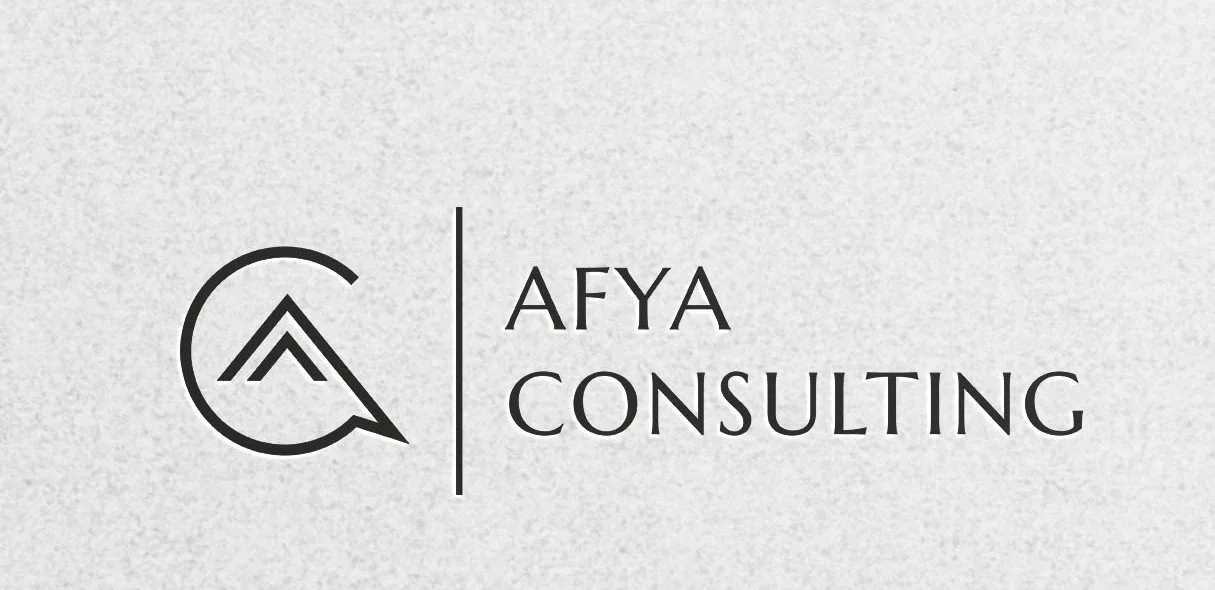Is a “good” organizational culture the answer to everything in the workplace?
I’m not an organizational development specialist and let’s face it – people like Adam Grant have been writing about topics like this for years, and it seems there is no black and white solution – because humans (and organizations) are complicated. That said, do we just throw our hands up in the air and not try to define or improve on organizational culture?
I – like many of us – have experienced workplace culture from multiple angles. I’ve worked as an employee across a wide range of organizations: large and small, nonprofit and private sector, local and international. I’ve also led teams, projects, and entire organizations—responsible for shaping culture while navigating the day-to-day realities of getting people aligned and moving in the same direction. This diverse experience has given me a broad perspective, and yet, despite the differences in context, the challenges, unsurprisingly, are often remarkably similar.
As I start to unpack this complex topic in my own mind, I thought it would help to start with the basics. While workplace culture is complex, decades of research consistently identify several foundational factors that reliably contribute to healthier, more productive organizations. If you’re a leader, and don’t know where to start, I suggest spending some time reflecting on these areas:
Psychological Safety - A team climate where individuals feel comfortable expressing ideas, admitting errors, or asking questions without fear of retribution.
Trust in Leadership - The extent to which team members believe their leaders act with integrity, openness, and concern for their well-being. When employees believe in the integrity and consistency of their leaders, outcomes such as engagement, retention, and discretionary effort improve.
Fairness and Inclusion (Organizational Justice) - How equitable an employee perceives outcome distributions (distributive), decision processes (procedural), and interpersonal treatment (interactional/informational). The perception of fairness—whether procedural, distributive, or interpersonal—drives job satisfaction, commitment, retention, and citizenship behaviors.
(Note: This is a big one for me, and one I’ll delve into in future articles.)
Clarity of Purpose and Values - Clear understanding of organizational mission, team purpose, and behavioral expectations (norms). Aligned values and shared purpose give a clear framework for behavior—and reduce conflict caused by misalignment.
Recognition and Feedback - Timely, specific acknowledgment of effort and progress, and authentic, constructive feedback for growth. Consistent acknowledgment and constructive feedback reinforces positive behavior, signals value, and helps people grow.
If you’re like me, and you buy-into the idea that culture isn’t necessarily the answer, but is the container for everything, these nuanced points can be a bit overwhelming. If, as a leader you want to prioritize building or improving your organization’s workplace culture – where would you start?
Here are a few places I would focus:
Be Explicit About Culture During the Hiring Process
Start early. Culture clarity begins before someone joins the team. Ask yourself: are we hiring for alignment, or only for technical skills?
Define your organization's values and how they show up in daily work—not just aspirational statements.
Incorporate behavioral questions during interviews that test for alignment with those values.
Be honest about what it’s like to work in your organization—don’t sell a culture you don’t have.
Create Space for “Failing Forward”
Everyone says they support learning—but do you have structures that make it safe to fail?
Build in moments for debriefs and reflection after projects—even when things go well.
Normalize talking about mistakes without blame.
Consider hosting regular “fail forward” sessions where teams share learnings from missteps.
Model It From the Top—Even When It Hurts
If leaders want a culture of trust, they must be the first to show vulnerability and take accountability. And this is a tough one – because sometimes protecting your culture means being willing to lose short-term opportunities to preserve long-term trust. (Hint: this is where a great executive coach comes in!)
When a leader makes a mistake, own it publicly.
If a client relationship, funding opportunity, or public image suffers as a result, accept that cost. The alternative—pretending it didn’t happen—undermines everything you're trying to build.
Make Values Visible, Not Just Verbal
Culture is what you tolerate, reward, and ignore. If your culture really matters, people should see it, feel it and hear it – in every interaction every day.
Celebrate behaviors that reflect your values—don’t just post them on your website.
Address misalignment early, even if it’s awkward.
Elevate "culture carriers" across the organization—not just senior leaders.
Measure and Revisit
It’s not possible to improve what isn’t assessed. Culture should be treated as something actively being shaped – not something that just happens.
Run regular culture or engagement surveys—but go beyond the numbers.
Hold listening sessions, staff retrospectives, or anonymous feedback rounds.
Use what you hear to adjust—not just to defend the status quo.
Culture matters – even for smaller teams. But for leaders and entrepreneurs immersed in daily operations - especially during start-up - it’s not always easy to step back and assess workplace culture with objectivity. If you're leading a small business, non-profit or health clinic and trying to intentionally build or improve your organization's culture, I can help. Let's book a complimentary 30 minute chat about what's challenging you, and how I might be able to support. If I can't help with the solution, I'll point you in the direction of someone who can!
